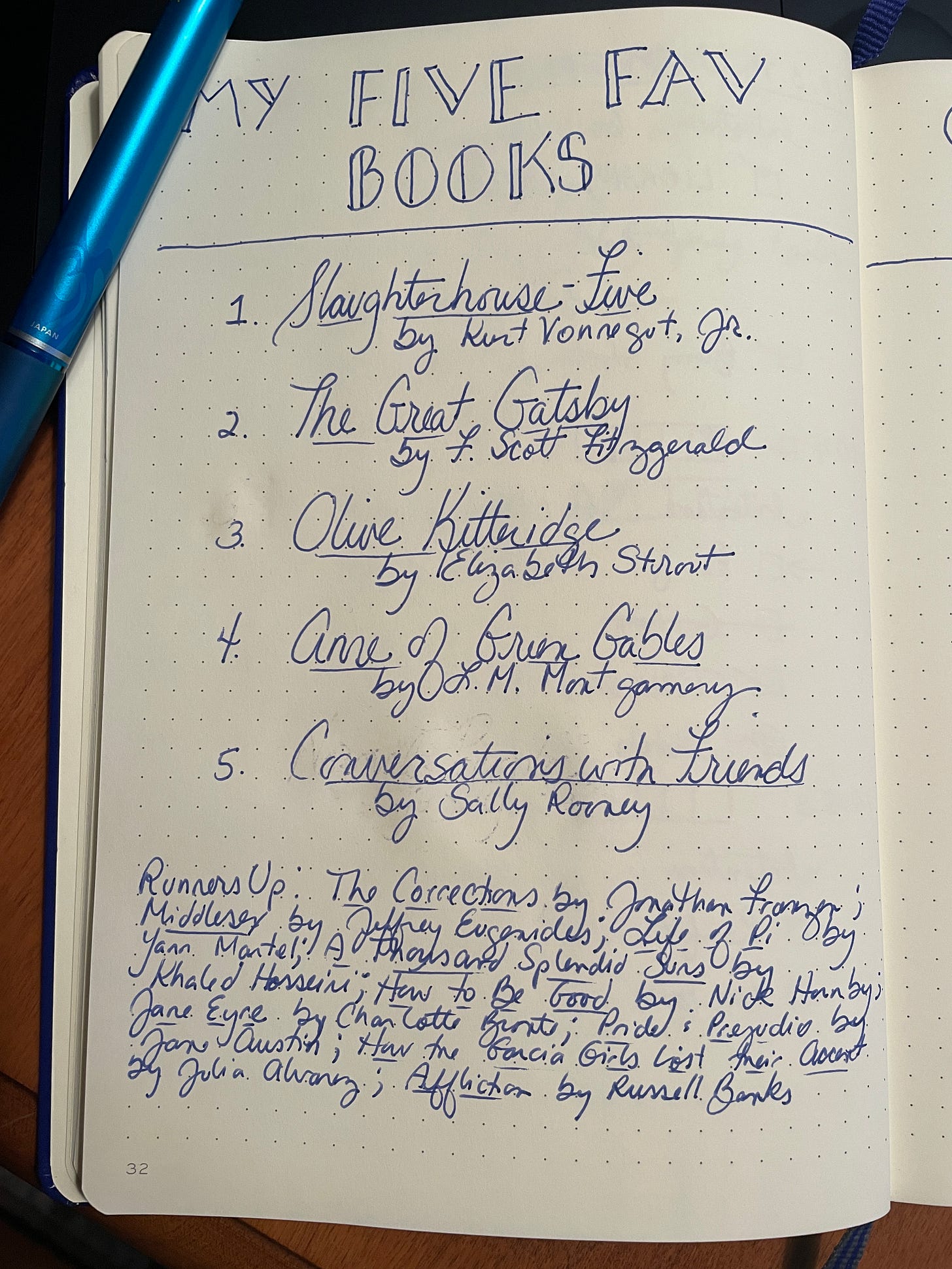Hello, writers!
There are only 20 more days until NaNoWriMo begins!
Last week in my first pre-NaNo post, I offered some prompts to help you decide how you want to approach NaNo and to craft a personal mission statement for the challenge.
In today’s post, I have another pre-writing exercises for you, one to help you think about what sort of book you want to write. Let’s go!
Write the Book You Want to Read
The most basic writing advice we’ve all heard at some time or other is write what you know. I find that advice somewhat limiting. While having some authority on your subject matter is definitely useful, often the things that obsess us are the things we want to explore, not the things we know. My preferred writing advice is, “Write the book you want to read.”
When you hear that phrase, you might have an immediate answer. Maybe you mostly read sci-fi and that’s what you want to write, or you like escapist beach reads. That’s a great starting point, but let’s go deeper into this question. What makes your favorite books great?
Here are some journaling prompts for you to use to better articulate what you love about the books you love:
Question 1
Make a list of three to five of your all-time favorite books. I’m not talking about the last couple you read that were okay. I’m talking a lifetime top five list. If you’re a voracious reader, this will be hard, but do it anyway. Take your time. Your list might develop over the course of a day or two as you let books bubble up in your memory. That’s fine. You can include books you remember from long-ago school days and books you’ve read recently for your leisure and everything in between. Some of your books might take you all the way back to childhood. Having a diverse group of books is helpful for this process, so if you have several genres represented, all the better! Once you have your list, then go on to question two.

Question 2
For each of these books, write a few sentences describing what you love. If they are books you read long ago and your memory is fuzzy, that’s okay! What matters is what aspects of the book stand out in your memory after all this time, so just write down what you remember. Again, it’s good to take your time in the process. Do one book at a time and take breaks in between. Let your descriptions unfold slowly. No need to rush.
Question 3
Once you have described your books, take a look at what you’ve written. Are there any patterns you can see? Maybe all the books, regardless of genre, have a certain type of setting or protagonist. Maybe there are thematic similarities. Make note of those patterns, aiming for three or four.

Those similarities you have just uncovered are your roadmap. You have just articulated the qualities of the sort of book you want to read, and now you have some guiding lights to follow as you embark on your own book project.
I recommend condensing the patterns you uncovered to a concise bullet-list and writing it out on an index card that you can post by your computer to help you stay focused as you write. Whenever you wonder what comes next in the story, you can look at your list and think about what will best serve the story you intend to write.
Just as keeping a mission statement close to your computer can keep you writing when the challenge gets tough, remembering your intentions for your story can help you find your way through a first draft.
I’d love to hear your favorites and what you uncovered for common threads! Share in the comments, and stay tuned for next week’s post, where I’ll share some character-development prompts.
Cheers!
Diane



What great advice!